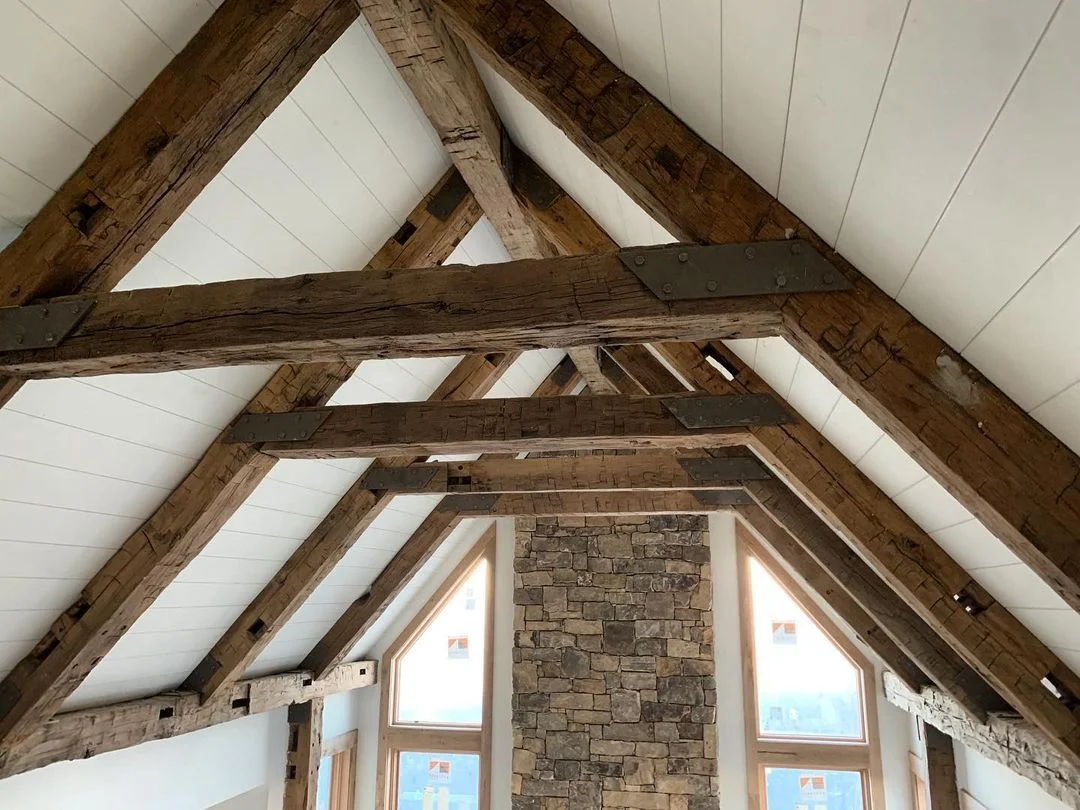When it comes to various DIY projects and handyman tasks, sandpaper is an indispensable item you always want to have in reach. Understanding the different grades of sandpaper can give you an advantage in knowing how to apply it correctly and achieve the best results. In this blog post, we’ll explain everything you need to know about different types of sandpapers: from coarse to fine grade levels as well as their unique purposes so you can ensure your next project turns out just right!
1. What is Sandpaper Grit?
Grit is a measure of the amount of abrasive material present on the surface of a sheet of sandpaper in terms of the number of grains per square inch. The higher the grit number, the finer the sandpaper, and the smoother the finish it will provide. Conversely, lower grit numbers indicate coarser sandpapers that can quickly remove material but leave behind a rougher surface. Knowing which grit to choose can make a significant difference in your project’s outcome.

2. Grit Ranges for Sandpaper
There are three main ranges of sandpaper grits:
Coarse: #36 – #100 Grit
Coarse sandpapers with a grit number between 36 and 100 are suited for heavy material removal. They’re ideal for stripping paint, removing rust, or smoothing rough wood surfaces. Since they leave scratches and a rough finish, they are not suitable for final finishing or polishing tasks.
Medium: #100 – #180 Grit
Medium grit sandpapers, falling in the range of #100 to #180, are designed for smoothing surfaces and removing smaller imperfections. They can be used to remove woodworking marks, prepare surfaces for painting or staining, and smoothing out varnish.
Fine: #180 – #320 Grit
Fine grit sandpapers, usually between #180 and #320, are excellent for final finishing tasks. They remove minor imperfections, scratches left by coarser sandpapers, and provide a smooth surface for painting or varnishing. Additionally, they are ideal for polishing wood and metal surfaces to achieve a professional-looking finish.
3. Types of Sandpapers
There are various types of sandpapers available, differentiated by the type of abrasive material used. Some common types include:
- Aluminum Oxide: These sandpapers are durable and versatile, they are an ideal choice for woodworking, metal, and plastic projects.
- Silicon Carbide: These are perfect for wet sanding, and are usually used for woodworking, metalworking, and automotive painting applications.
- Garnet: Garnet sandpapers are natural abrasives commonly used for woodworking and hand-sanding tasks.

4. What Is the Best Sandpaper Grit for Wood?
The ideal sandpaper grit for woodworking depends on the type of finish you aim to achieve and the stage of your project. For rough lumber or when removing large imperfections, start with a coarse grit like #60. As you progress through the different sanding stages, gradually work your way up to a finer grit like #180 to smooth out the wood before applying a finish.
For many woodworking projects, it’s recommended to move through a sequence of sandpaper grits, such as #80, #120, and #180, to ensure a smoother and more polished look.

In conclusion, understanding the grades of sandpaper can significantly impact the success of your DIY projects. By being mindful of the various grit ranges and types, you can confidently approach any sanding task with the necessary skill and equipment to ensure a job well done.






